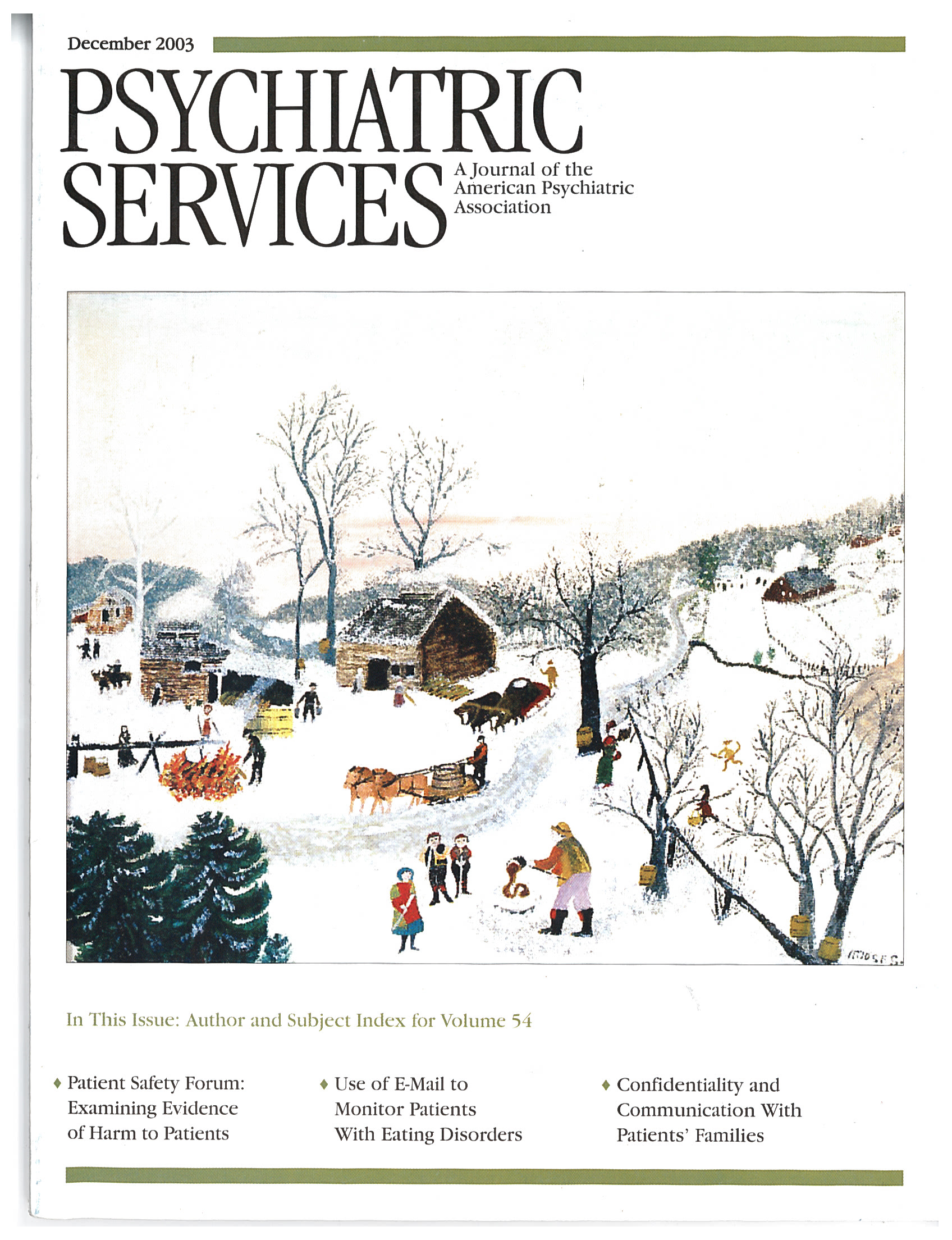Clinical Characteristics, Cognitive Functioning, and Criminal Histories of Outpatients With Schizophrenia
Abstract
OBJECTIVE: The authors examined the relationships between clinical characteristics, cognitive functioning, and history of violent behavior and substance use among outpatients with schizophrenia. METHODS: Ninety-six patients with a diagnosis of schizophrenia or schizoaffective disorder completed a clinical and neuropsychiatric battery that included tests of general intelligence, executive and frontal lobe function, visual-motor processing, and motor function. Violent behavior was defined on the basis of arrest records. Self-reported violent behavior and substance use were recorded. The study participants were separated into three groups: history of violent arrest (N=34), nonviolent arrest (N=23), and no arrest (N=39). The three groups were compared for differences in demographic characteristics, clinical symptoms, and scores on neuropsychological tests. RESULTS: Fifty-seven (59 percent) of the 96 participants had a history of arrest. Persons who were arrested for nonviolent crimes had a significantly lower mean±SD number of arrests (3.39±3.7) than those arrested for violent crimes (9.24±8.9). No significant differences in neuropsychological test scores or clinical ratings were found between the three groups. The prevalence of substance use disorders was 65 percent, 57 percent, and 36 percent among patients with a history of violent, nonviolent, and no arrest, respectively. Only 47 percent of participants with a criminal history accurately reported this history, and 11 percent of participants with a history of drug-related arrests acknowledged previous substance use. CONCLUSIONS: Performance on neuropsychiatric tests does not distinguish stable outpatients with schizophrenia who have a history of violent behavior from those who do not have such a history. Two established predictors of violence, a history of arrests and substance abuse, are unreliable when assessed by self-report.



